
Breathing exercises for stress are one of the most effective yet overlooked tools for calming the mind and body. In times of anxiety, the breath often becomes shallow and rapid, signaling the body to stay in a state of heightened alertness. By consciously practicing deep breathing techniques, we can counteract this stress response and bring ourselves back to a state of balance.
Through intentional relaxation breathing, the nervous system shifts from fight-or-flight mode into a restful state. This simple yet powerful practice is accessible to anyone, requiring no special equipment or training. By integrating mindfulness meditation with proper breath control, you can experience immediate relief from stress while cultivating long-term resilience. Let’s explore a variety of techniques that will help you harness the power of your breath for relaxation and well-being.
The Science Behind Breathing and Stress Reduction
When stress levels rise, the body’s autonomic nervous system reacts instinctively, often causing irregular breathing patterns. Shallow breaths reduce oxygen intake, leading to tension, fatigue, and increased anxiety. Learning proper deep breathing techniques can reverse this process and restore calm.
Controlled breathing stimulates the parasympathetic nervous system, encouraging a relaxed state. By slowing down the breath, heart rate and blood pressure naturally decrease, promoting feelings of safety and tranquility. This physiological shift is why relaxation breathing is widely used in mindfulness meditation and therapeutic practices.
Scientific studies have shown that conscious breathwork improves mental clarity, emotional stability, and overall well-being. Incorporating breathing exercises for stress into your daily routine enhances resilience, making you less reactive to external stressors.
Diaphragmatic Breathing: Foundation for Relaxation
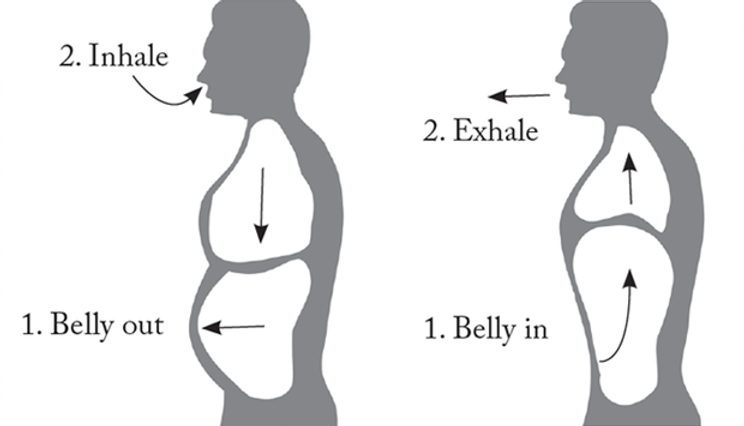
Diaphragmatic breathing, also known as belly breathing, is one of the most effective techniques for reducing stress. It engages the diaphragm, allowing for deeper oxygen intake and relaxation.
To practice, sit or lie down in a comfortable position. Place one hand on your chest and the other on your abdomen. Breathe deeply through your nose, ensuring your belly rises while your chest remains still. Exhale slowly through your mouth, feeling your belly deflate.
Regular practice of diaphragmatic breathing enhances lung capacity, lowers stress hormones, and improves digestion. It is a fundamental relaxation breathing technique that fosters calmness in both body and mind.
4-7-8 Breathing: The Natural Tranquilizer
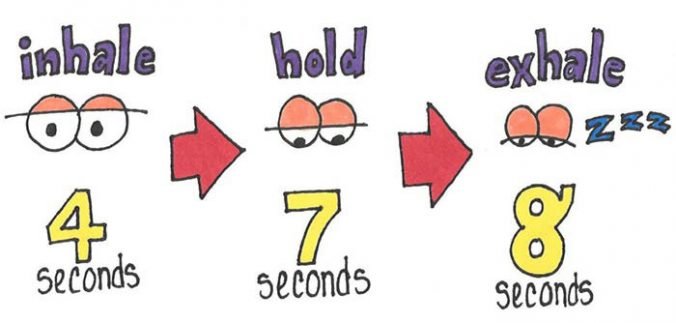
The 4-7-8 breathing technique, popularized by Dr. Andrew Weil, is a simple yet powerful method to reduce anxiety and promote relaxation. It involves inhaling, holding, and exhaling in a controlled pattern.
Begin by inhaling through the nose for a count of four. Hold the breath for seven counts, then exhale slowly through the mouth for a count of eight. This sequence should be repeated four times for maximum effectiveness.
By extending the exhale, this technique encourages complete relaxation, making it particularly useful for stress relief and sleep improvement. Practicing regularly can help regulate emotions and promote inner peace.
Box Breathing: A Simple Technique for Immediate Calm
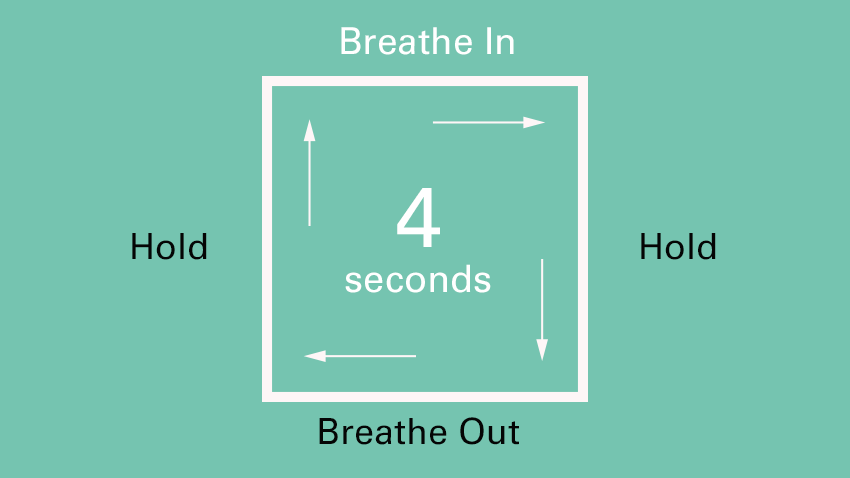
Box breathing is a structured approach that helps reset the nervous system and bring instant relief from stress. Used by athletes and military personnel, it is highly effective in high-pressure situations.
To practice, inhale through your nose for a count of four. Hold your breath for four counts, then exhale slowly through your mouth for four counts. Pause for another four counts before repeating the cycle.
This method balances oxygen intake and promotes focus, making it an excellent relaxation breathing exercise. It also enhances mindfulness meditation by grounding your awareness in the present moment.
Alternate Nostril Breathing: Balancing Mind and Body
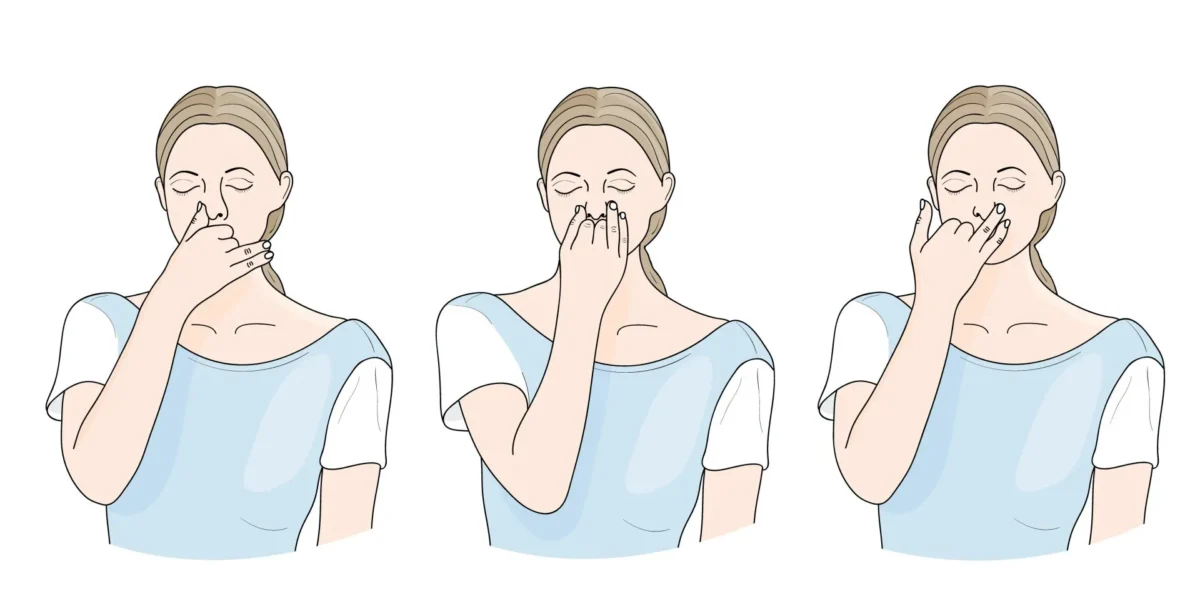
Originating from ancient yogic traditions, alternate nostril breathing (Nadi Shodhana) harmonizes both hemispheres of the brain, creating a sense of equilibrium and calm.
To practice, close your right nostril with your thumb and inhale through the left nostril. Close the left nostril with your finger and exhale through the right nostril. Inhale through the right nostril, then switch again, exhaling through the left. Repeat this cycle for several minutes.
This breathing exercise for stress enhances concentration, reduces mental fog, and stabilizes emotions. It is particularly beneficial for those practicing mindfulness meditation and seeking mental clarity.
Resonant Breathing: Aligning Heart and Breath
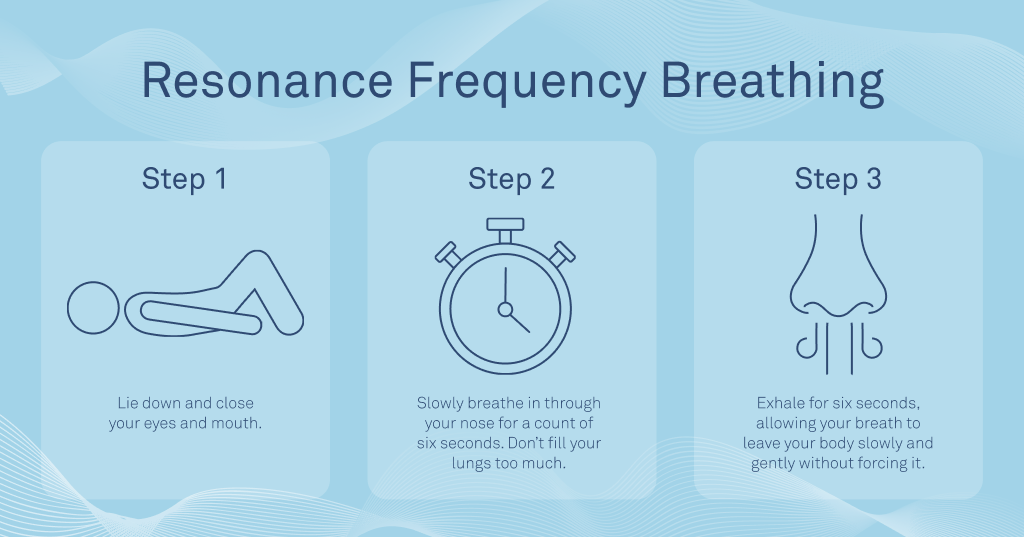
Resonant breathing, also known as coherent breathing, involves breathing at a steady pace of five to six breaths per minute. This rhythm aligns heart rate variability with the breath, promoting deep relaxation.
To practice, inhale through your nose for six seconds, then exhale through your mouth for six seconds. Maintain a continuous and smooth rhythm without force or strain.
Regular resonant breathing helps regulate emotions, improves cardiovascular health, and creates a profound sense of calm. It is ideal for managing long-term stress and promoting emotional well-being.
Pursed-Lip Breathing: Slowing Down and Letting Go
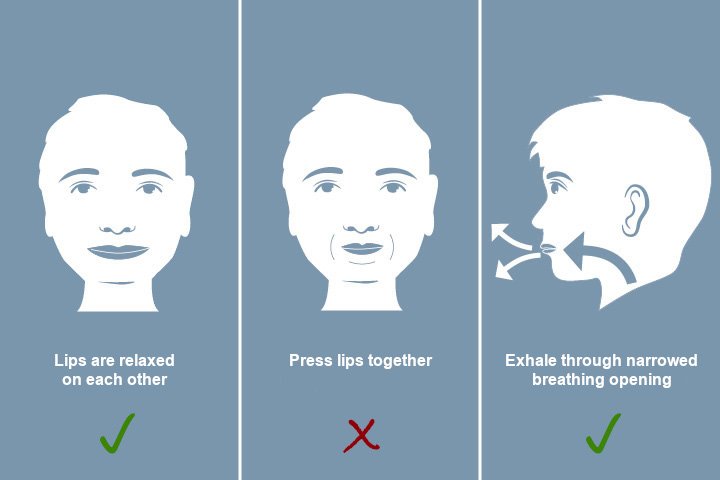
Pursed-lip breathing is a simple yet powerful technique that slows breathing and enhances oxygen exchange, making it ideal for those experiencing anxiety or breathlessness.
Start by inhaling through your nose for two counts, then purse your lips as if whistling and exhale slowly for four counts. The prolonged exhale reduces breathlessness and signals relaxation.
This method is particularly beneficial for individuals with respiratory conditions or those seeking immediate stress relief. It pairs well with mindfulness meditation and relaxation breathing practices.
The Sigh Breath: Instantly Releasing Tension
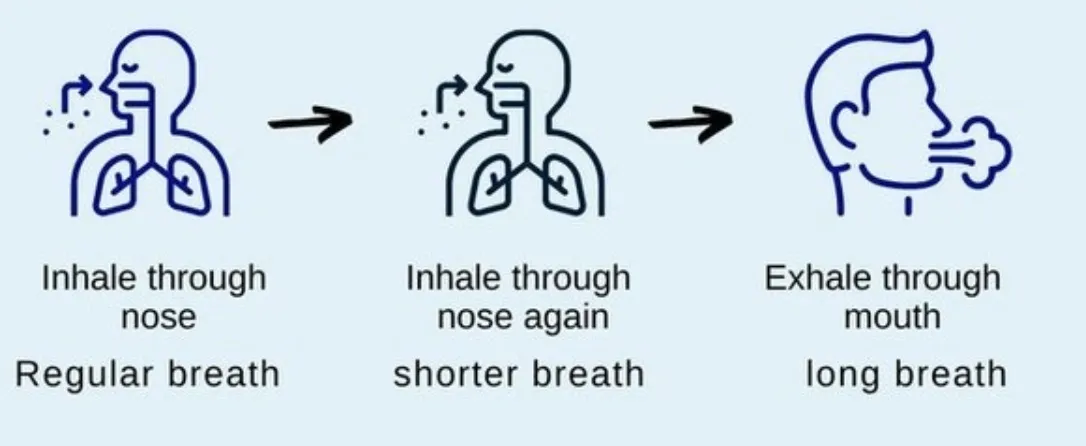
Sighing is a natural response to stress, but when done intentionally, it becomes a powerful relaxation tool. The sigh breath instantly lowers tension and resets the nervous system.
Take a deep inhale through your nose, filling your lungs completely. Exhale with an audible sigh, releasing all tension from your body. Repeat as needed to feel immediate relief.
This technique is excellent for moments of acute stress and can be practiced anywhere, providing an effortless way to reset and relax.
Progressive Breathing: Deepening Awareness and Relaxation

Progressive breathing involves gradually increasing the depth and length of breaths, creating a natural relaxation response in the body.
Start with shallow breaths, gradually deepening each inhale and lengthening each exhale. Continue until you reach a slow, steady rhythm that feels natural and soothing.
This method fosters deep relaxation and enhances mindfulness meditation, helping you stay present and fully engaged in the moment.
Transform Your Well-Being with Breathwork
Breathing exercises for stress are powerful tools that allow you to take control of your well-being. By integrating deep breathing techniques, relaxation breathing, and mindfulness meditation into your daily routine, you can cultivate lasting resilience against stress and anxiety.
With consistent practice, these techniques create a profound shift in how you respond to challenges, fostering inner peace and emotional balance. By prioritizing your breath, you unlock a natural and accessible pathway to relaxation, ensuring a calmer, healthier, and more fulfilling life.
















